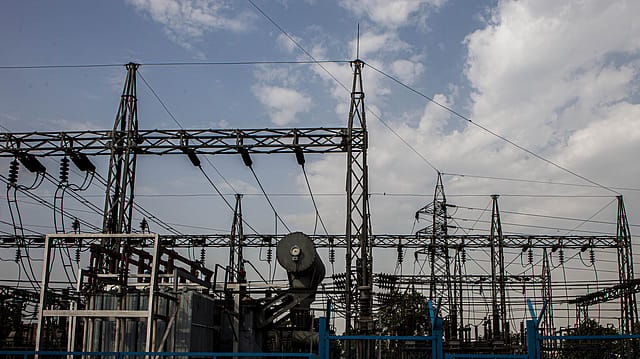Power tariff to get 10-20% costlier during peak hours
ADVERTISEMENT

The government on Friday introduced major changes to the existing power tariff system by amending the Electricity (Rights of Consumers) Rules, 2020. Under the Time of Day (ToD) tariff plan, rather than being charged for electricity at the same rate at all times of the day, the price consumers pay for electricity will vary according to the time of day.
Tariff during solar hours — duration of eight hours in a day as specified by the State Electricity Regulatory Commission — of the day will be 10-20% less than the normal tariff, while the tariff during peak hours will be 10 to 20% higher.
The new tariff system would be applicable for commercial and industrial consumers having maximum demand of 10 Kilowatt and above, from April 1, 2024, and for all other consumers except agricultural consumers, the latest from April 1, 2025.
The Time of Day tariff scheme will be made effective immediately after installation of smart meters, for the consumers with smart meters.
The new power tariff system is a win-win for consumers as well as the power system, says Union Power and New & Renewable Energy Minister R K Singh.
January 2026
Netflix, which has been in India for a decade, has successfully struck a balance between high-class premium content and pricing that attracts a range of customers. Find out how the U.S. streaming giant evolved in India, plus an exclusive interview with CEO Ted Sarandos. Also read about the Best Investments for 2026, and how rising growth and easing inflation will come in handy for finance minister Nirmala Sitharaman as she prepares Budget 2026.
"The TOD tariffs comprising separate tariffs for peak hours, solar hours and normal hours, send price signals to consumers to manage their load according to the tariff. With awareness and effective utilization of ToD tariff mechanism, consumers can reduce their electricity bills. Since solar power is cheaper, the tariff during the solar hours will be less, so the consumer benefits," Singh says.
During non-solar hours thermal and hydro power as well as gas-based capacity is used – their costs are higher than that of solar power – this will be reflected in the Time of Day tariff, the power minister says.
"Now consumers can plan their consumption in order to reduce their power costs – planning more activities during solar hours when power costs are less," he adds.
The Union Minister said that the ToD mechanism will also ensure better grid integration of renewable energy sources thereby facilitating faster energy transition for India. The ToD tariff will improve the management of renewable generation fluctuations, incentivise demand increase during the periods of high RE generation hours and thereby increase grid integration of larger quantities of renewable power, Singh says.
Most of the State Electricity Regulatory Commissions (SERCs) have already implemented ToD tariffs, for the large Commercial and Industrial (C&I) category of consumers in the country. With the installation of smart meters, the ToD metering at the domestic consumer level will be introduced as per tariff policy mandate, the ministry says.
The government says that the new tariff system is recognised globally across electricity industries as an important Demand Side Management (DSM) measure which is used as a means of incentivising consumers to shift a portion of their loads from peak times to off-peak times, thereby improving the system load factor by reducing the demand on the system during peak period.
